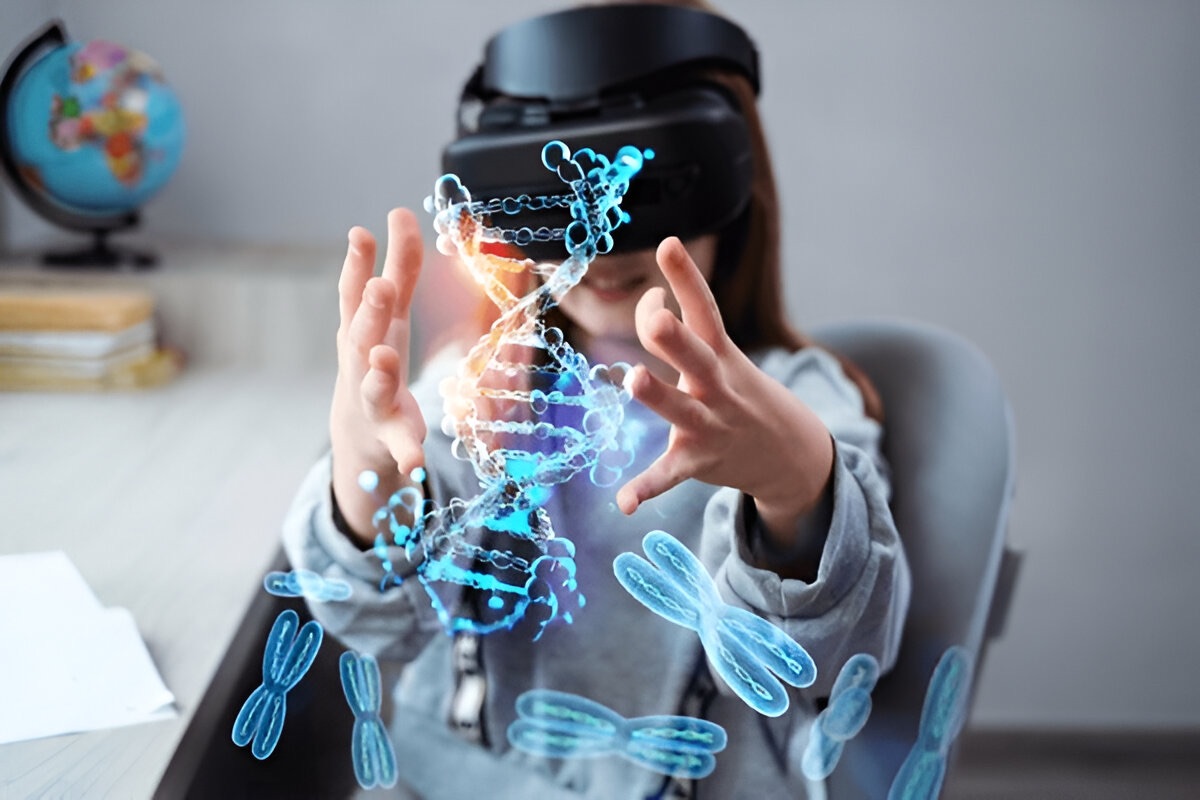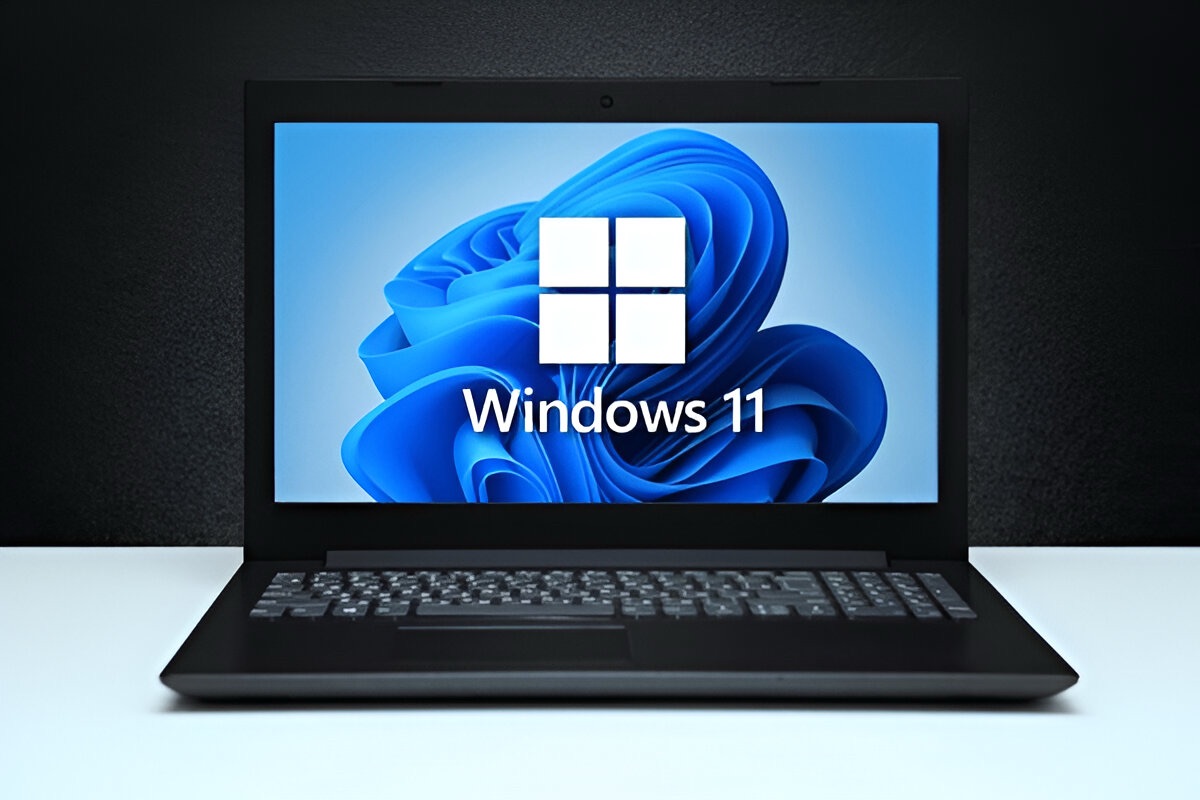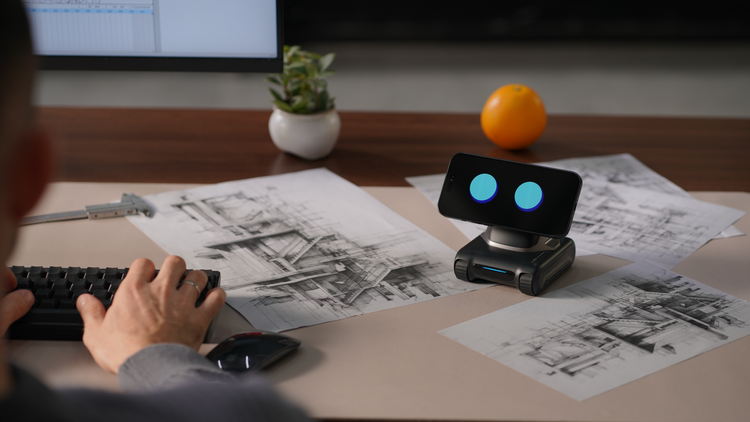June 6th, 2025 word count: 2500
Technology will revolutionize kids’ education by personalizing learning, enhancing engagement, and fostering global connectivity. Below is a comprehensive look at how technology will innovate and improvise future education, along with examples of futuristic gadgets likely to be used in schools.
How Technology Will Innovate and Improvise Future Education
- Personalized Learning Through AI:
- Innovation: Artificial Intelligence (AI) will tailor education to each child’s learning pace, style, and interests. Adaptive learning platforms will analyze a student’s strengths, weaknesses, and progress to deliver customized content.
- Impact: Kids will learn more effectively as lessons adjust in real-time, reducing frustration and boredom. For example, AI can simplify math problems for struggling students or provide advanced challenges for gifted learners.
- Example: AI-driven platforms like “Smart Tutors” could replace traditional textbooks, offering interactive lessons that adapt to a child’s responses.
- Immersive Learning with Virtual and Augmented Reality:
- Innovation: Virtual Reality (VR) and Augmented Reality (AR) will create immersive learning environments, allowing kids to explore historical events, scientific concepts, or distant places virtually.
- Impact: Complex subjects like biology or history become engaging. For instance, students can “walk” through ancient Rome or dissect a virtual frog, enhancing understanding through experiential learning.
- Example: VR field trips to the solar system or AR apps overlaying 3D models on physical textbooks.
- Gamification for Engagement:
- Innovation: Gamified learning platforms will turn education into interactive challenges, rewarding kids with points, badges, or levels for completing tasks.
- Impact: Increases motivation and makes learning fun, especially for younger kids. It also fosters critical thinking and problem-solving.
- Example: Apps like Duolingo for language learning could evolve into full curricula where kids solve quests to master subjects.
- Global Collaboration and Connectivity:
- Innovation: Cloud-based platforms and real-time translation tools will connect students worldwide, enabling collaborative projects across cultures.
- Impact: Kids will develop global awareness and teamwork skills by working with peers in different countries, preparing them for a connected world.
- Example: Virtual classrooms where students from multiple continents collaborate on projects like designing sustainable cities.
- Data-Driven Insights for Teachers and Parents:
- Innovation: Advanced analytics will track student performance in real-time, providing teachers and parents with actionable insights.
- Impact: Teachers can intervene early to address learning gaps, and parents can stay informed about their child’s progress.
- Example: Dashboards showing a student’s engagement, mastery, and areas needing support, accessible via apps.
- Skill-Based Learning for Future Jobs:
- Innovation: Technology will emphasize skills like coding, AI ethics, and digital literacy, aligning education with future job markets.
- Impact: Kids will be better prepared for careers in a tech-driven economy, with hands-on experience in emerging fields.
- Example: Coding integrated into math classes, where kids program robots to solve equations.
- Accessibility and Inclusivity:
- Innovation: Assistive technologies, like text-to-speech or haptic feedback devices, will make education accessible to kids with disabilities.
- Impact: Inclusive classrooms where all students can participate fully, regardless of physical or cognitive challenges.
- Example: Wearable devices translating lessons into sign language visuals for deaf students.
Examples of Future Gadgets in Kids’ School Education
- Holographic Learning Displays:
- Description: Portable devices projecting 3D holograms for interactive lessons. For example, a holographic globe for geography or a 3D model of the human body for biology.
- Use Case: Students manipulate holograms to explore concepts, such as rotating a planet to study its geography or zooming into a cell’s structure.
- Impact: Enhances visual learning and makes abstract concepts tangible.
- Smart Contact Lenses:
- Description: AR-enabled contact lenses displaying real-time information, translations, or simulations directly in the student’s field of vision.
- Use Case: During a history lesson, lenses could overlay information about artifacts or provide real-time translations for foreign language classes.
- Impact: Seamless integration of digital and physical learning environments, reducing reliance on external screens.
- AI-Powered Learning Companions:
- Description: Small, interactive robots or wearable devices acting as personal tutors, answering questions and guiding students through tasks.
- Use Case: A robot companion helps a child practice math problems after school, offering hints and encouragement tailored to their mood.
- Impact: Provides 24/7 support, especially for students needing extra help outside class.
- Neural Feedback Headbands:
- Description: Wearable devices monitoring brain activity to gauge focus, stress, or engagement levels during lessons.
- Use Case: Teachers receive real-time data to adjust lesson pace, while students learn self-regulation techniques to improve concentration.
- Impact: Optimizes learning by aligning teaching methods with cognitive states.
- Interactive Smart Desks:
- Description: Touch-sensitive desks with built-in screens, supporting collaborative and individual learning through apps, simulations, and digital whiteboards.
- Use Case: Students work together on a group project, dragging and dropping elements on the desk to create presentations or solve problems.
- Impact: Encourages collaboration and reduces the need for multiple devices.
- Portable VR/AR Glasses:
- Description: Lightweight, affordable glasses for immersive learning experiences, replacing bulky VR headsets.
- Use Case: Kids wear glasses to explore a virtual rainforest, interacting with wildlife or conducting experiments in a simulated lab.
- Impact: Makes immersive learning accessible and scalable for classrooms.
- Emotion-Sensing Wearables:
- Description: Bracelets or watches detecting emotional states through heart rate or skin response, alerting teachers to students needing support.
- Also read on https://www.upmood.com
- Use Case: A student feeling anxious during a test receives calming prompts or a teacher’s attention based on wearable data.
- Impact: Supports mental health and emotional well-being, creating a nurturing learning environment.
- Description: Bracelets or watches detecting emotional states through heart rate or skin response, alerting teachers to students needing support.
Challenges and Considerations
- Equity: Schools must ensure access to these technologies for all students to avoid widening educational gaps.
- Privacy: Data collected by AI and wearables must be protected to safeguard student information.
- Screen Time: Balancing tech use with traditional methods to prevent over-reliance and promote holistic development.
- Teacher Training: Educators need support to integrate these tools effectively.
Conclusion
Technology will make education more personalized, engaging, and inclusive, preparing kids for a dynamic future. Gadgets like holographic displays, smart contact lenses, and AI companions will transform classrooms into interactive hubs of learning. However, careful implementation is key to ensure equity, privacy, and balance. If you’d like, I can search for recent trends or specific examples of these technologies being piloted in schools!



